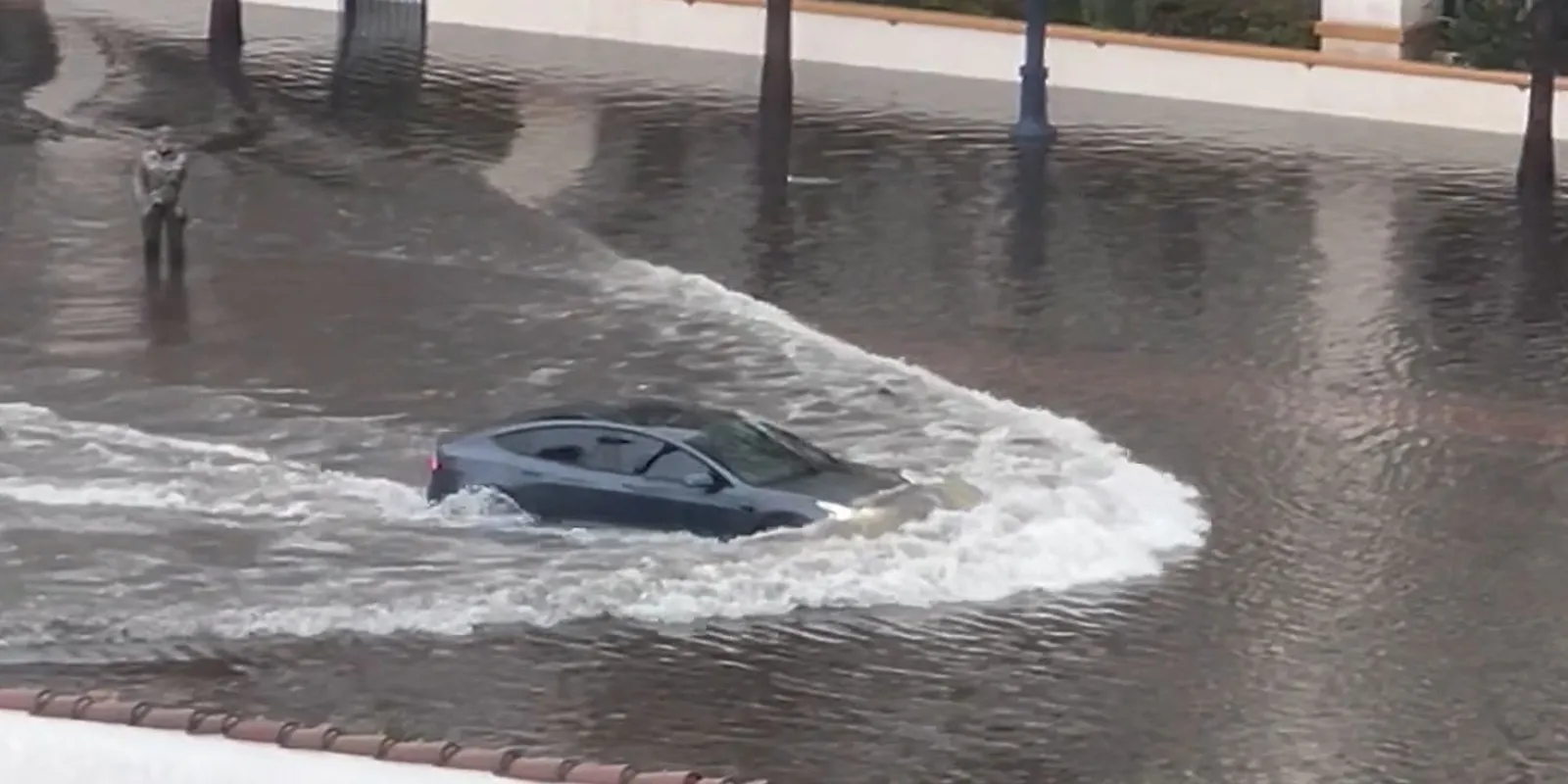Introduction
As electric vehicles (EVs) become increasingly popular, concerns about their performance and safety in various environmental conditions have naturally arisen. One significant concern for many potential and current Tesla owners is how these advanced EVs handle water intrusion, particularly in flood-prone areas. This blog post delves into Tesla’s approach to water protection, the risks associated with flooding, and what owners can do to safeguard their vehicles.
Tesla’s Water Resistance Features
Tesla has engineered its vehicles with impressive water resistance capabilities, designed to protect the car’s critical components from moisture and potential flood situations.
IP Ratings
Tesla vehicles boast high Ingress Protection (IP) ratings, which indicate the level of protection against solid objects and liquids. While Tesla doesn’t publicly disclose specific IP ratings for entire vehicles, various components are known to have high water resistance:
- Battery pack: Sealed to meet IP67 standards (protected against temporary immersion in water up to 1 meter deep for 30 minutes)
- Drive units: Designed to withstand significant water exposure
- Electrical systems: Highly protected against water intrusion
Key Water-Resistant Components
Tesla incorporates several design elements to enhance water resistance:
- Sealed battery compartments
- Raised air intakes
- Robust underbody protection
- Water-resistant electrical connectors
These features work together to create a comprehensive water protection system for Tesla vehicles.
Flood Risk Scenarios
While Teslas are well-equipped to handle many water-related challenges, it’s crucial to understand the limitations and potential risks in flood scenarios.
Common Flood Situations
Tesla owners may encounter various flood situations:
- Urban flash flooding
- River or coastal flooding
- Heavy rainstorms with road pooling
Depth Limitations and Safety Thresholds
Tesla recommends avoiding driving through water that’s deeper than the bottom of the vehicle’s body. However, thanks to their sealed designs, Teslas can often handle deeper water than many internal combustion engine (ICE) vehicles. The exact safe depth can vary depending on the specific Tesla model and circumstances.
Tesla’s Active Protection Systems
Beyond passive design features, Tesla vehicles incorporate active systems to protect against water intrusion.
Smart Air Suspension
Models equipped with smart air suspension can automatically raise the vehicle’s ride height when approaching known flood-prone areas or when the car detects rising water levels. This feature provides additional ground clearance, reducing the risk of water reaching critical components.
Automatic Sensing and Response
Tesla’s advanced sensor systems can detect unusual water levels and alert the driver. In some cases, the vehicle may automatically adjust various systems to minimize potential damage.
Battery and Electrical System Safeguards
In the event of water detection near critical electrical components, Tesla vehicles are designed to shut down specific systems to prevent short circuits and potential damage.
Owner Precautions and Best Practices
While Tesla has implemented robust water protection measures, owners play a crucial role in safeguarding their vehicles.
Driving Techniques in High-Water Situations
If driving through shallow water is unavoidable:
- Maintain a slow, steady speed to create a bow wave
- Avoid sudden acceleration or braking
- Follow the highest part of the road where possible
Preventative Measures and Maintenance Tips
- Regularly inspect and maintain door and window seals
- Keep drainage channels clear of debris
- Consider applying additional water-repellent treatments to exterior surfaces
What to Do If Water Exposure Occurs
If your Tesla has been exposed to significant water:
- Do not attempt to start the vehicle if it has been submerged
- Contact Tesla service immediately for guidance
- Avoid operating electrical systems until the vehicle has been inspected
After-Flood Care and Maintenance
Proper care after water exposure is crucial for maintaining your Tesla’s longevity and performance.
Steps to Take Following Water Exposure
- Document the incident with photos and videos for insurance purposes
- Remove any standing water from the interior
- Use dehumidifiers to dry out the cabin thoroughly
- Have the vehicle inspected by a Tesla service center as soon as possible
Inspection Points and Potential Damage Areas
Tesla technicians will focus on:
- Battery and high-voltage components
- Drive units and electrical systems
- Interior electronics and climate control systems
- Suspension and steering components
Long-term Considerations
Understanding the long-term impacts of water exposure on your Tesla is essential for making informed decisions about vehicle care and ownership.
Impact of Repeated Water Exposure
While Teslas are designed to withstand occasional water exposure, repeated incidents may lead to:
- Accelerated corrosion of certain components
- Degradation of seals and gaskets
- Potential long-term effects on battery performance
Warranty and Insurance Considerations
It’s important to note that intentional deep-water fording or flood damage may not be covered under Tesla’s warranty. Owners should review their warranty terms and consider additional insurance coverage in flood-prone areas.
Conclusion
Tesla has made significant strides in protecting its EVs from water intrusion and flood risks. Through a combination of innovative design features, active protection systems, and robust materials, Teslas are well-equipped to handle many water-related challenges. However, owner vigilance and proper care remain crucial in maximizing the vehicle’s resilience to water damage.
As EV technology continues to evolve, we can expect even more advanced water protection features in future Tesla models. For now, Tesla owners can drive with confidence, knowing their vehicles are among the most water-resistant EVs on the road. By understanding the capabilities and limitations of their vehicles, and following best practices for water protection, Tesla owners can enjoy their advanced EVs in a wide range of environmental conditions.

